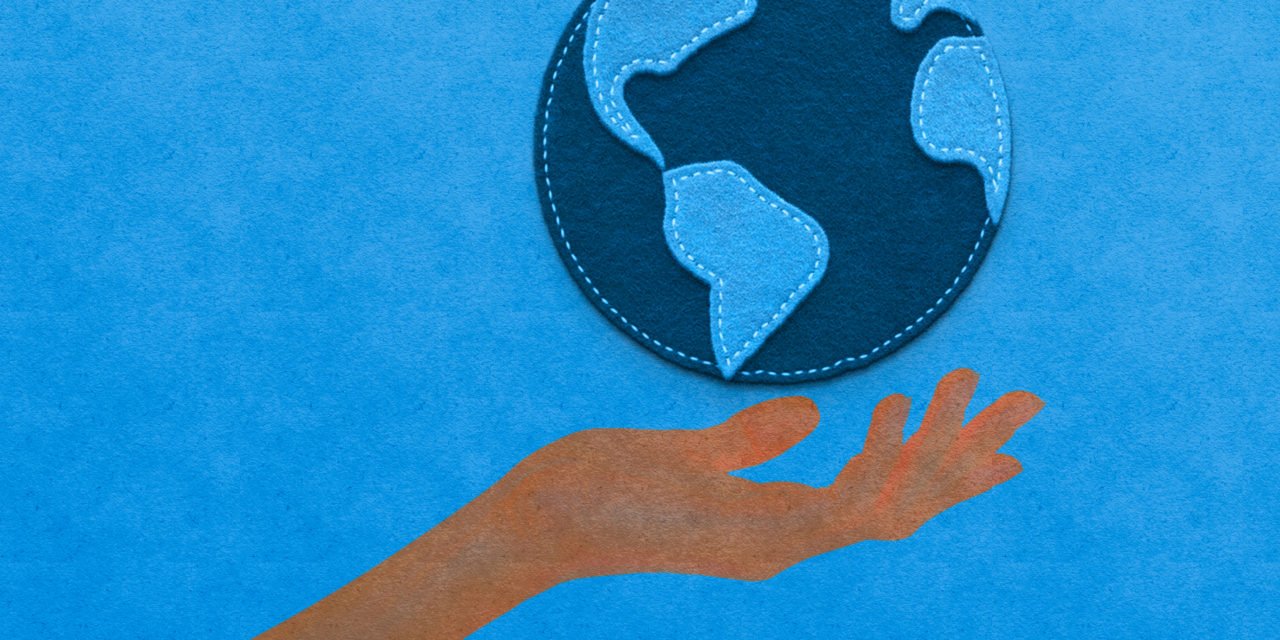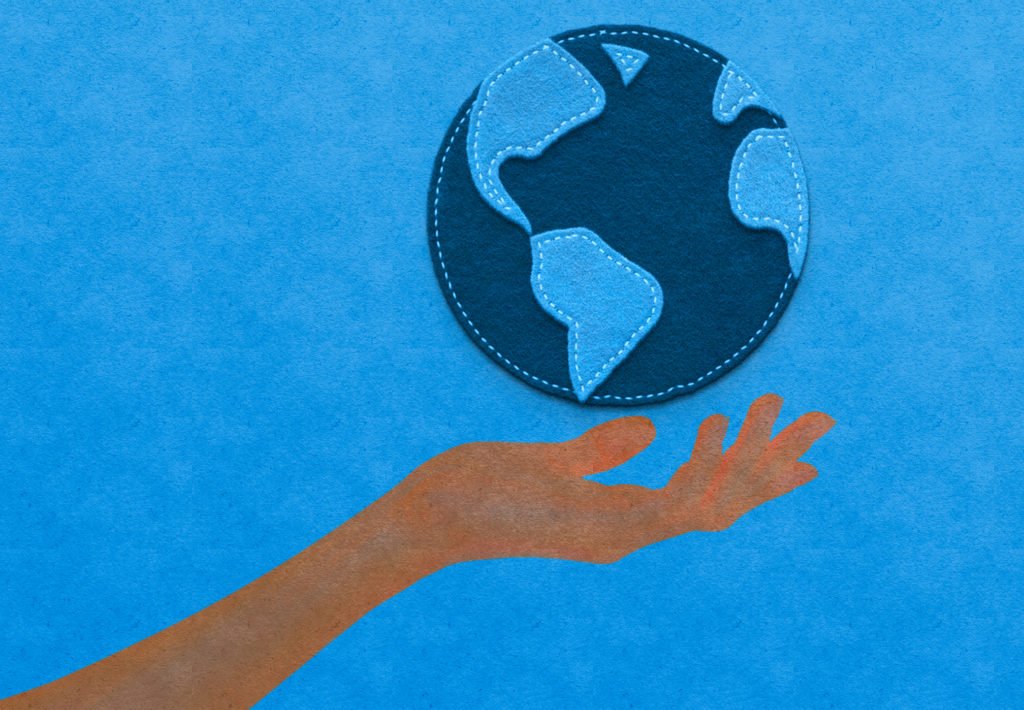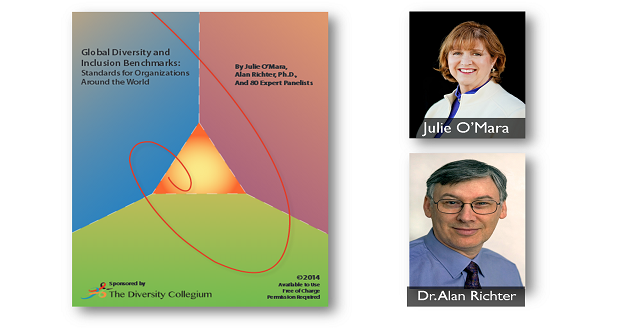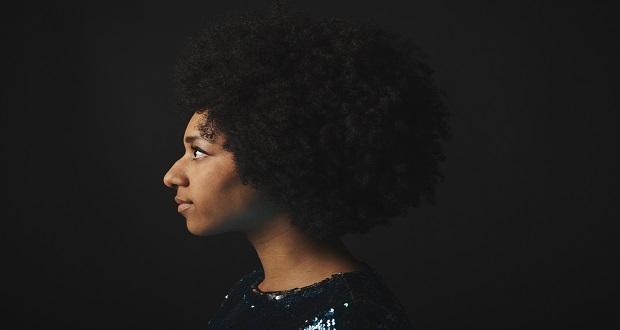Another day, another shift in priorities. With so many days and months throughout the year calling awareness to varying causes, it can be easy to get overwhelmed trying to stay on top of what’s happening. Alternatively, it can be frustrating to lose the momentum gained as focus shifts to another hot topic. Either way, you might start noticing some early signs of burnout. Fortunately, Earth Day can help with that!
As a burnout prevention coach for leaders in justice, equity, diversity, and inclusion (JEDI), I’m familiar with the statistics that people working as chief diversity officers currently have a 3-year turnover rate compared to 6.9 years for chief executive officers. Burnout is no joke. Just because you love doing something, doesn’t mean you can’t burn out doing it. In the JEDI space, I know that my clients are passionate about the work they do, and I know they want to do this work for as long as they can. Not only do we want to prevent burnout for the individual so we can keep doing the work that we love, but we also want to prevent the ripple effects that burnout can have on others.
People working as chief diversity officers currently have a 3-year turnover rate compared to 6.9 years for chief executive officers. Burnout is no joke. Just b/c you love doing something, doesn’t mean you can’t burn out. Share on XWhen we don’t have adequate diversity in our leadership teams, employees from historically marginalized groups are less likely to receive support for their ideas from leadership. So, when our leaders in creating diverse workspaces burn out, they leave behind an environment that cultivates burnout conditions for others, and the cycle repeats. Consider a forest fire that spreads until the firefighters show up to fight the flames. If those firefighters stop actively working to douse the flames, no matter how much progress they’ve made, the smoldering embers will reignite, and the fire will continue to spread.
When our leaders in creating diverse workspaces burn out, they leave behind an environment that cultivates burnout conditions for others, and the cycle repeats. Share on XLike wildfire, the Great Resignation has spread to 4.5 million people as of last year, which shows us that people are tired of experiencing their time on this planet living under the effects of burnout — mental, physical, and emotional exhaustion. I know because I’ve been there. Back in 2015, I was fighting my own battle with burnout and found myself suffering from various medical ailments and struggling to maintain positive relationships. Even though I loved my job and was passionate about the work I was doing, I knew that I couldn’t continue as I was if I had any hope of lasting for more than five years. So, I turned to my engineering background to design myself a solution.
As a civil engineer, I’ve done my share of problem-solving, but if there’s one lesson I learned when it comes to burnout, it’s that Mother Nature is the ultimate engineer. Earth has been around much longer than any of us and has supported life for plants, animals, and fungi, despite natural and human-made disasters. Fortunately, in my education, I learned a lot about the material properties of Earth’s resources and how they are used, reused, replenished, and depleted. The solution to preventing burnout was trained into me and the way that I design structures — I just never thought to apply it to the way I design my own life. But, our annual appreciation day for our home planet reminds me of the answer. Earth Day gives us all a gift by telling us the secret to living a burnout-free life: sustainability.
I like to joke that engineers are lazy because we’re always looking for easier ways to accomplish something. We’re not going to continue to do something if it’s too much effort. It’s not sustainable.
As I define it, sustainability means not depleting your available resources for the duration of your life, so that you can continue to experience life on your terms. Earth Day is about protecting the environment so that our available environmental resources will stay intact for the rest of our lives and be around for future generations. So, if we want to live a life that doesn’t burn us out, we have to learn to protect our available resources in the form of our mental, physical, and emotional well-being, and we’ve got to do it in a way that we can maintain.
Often, we hear that self-care is the way to counteract burnout. The harsh truth is you cannot solve the problem of burnout by doing the same thing that’s burning you out in the first place: doing more. The messaging to engage in more self-care means I have to find more time, more money, and more efficient ways to do all of the things on my to-do list.
Personally, I can’t sustain my favorite self-care practices — professional massages, trips, and decadent desserts to name a few. And I don’t believe that burning myself out for months until I take a vacation, or days until the weekend, or hours until the evening or for any period of time until I can recover with self-care is good practice. It’s a burnout-recovery cycle that’s only going to burn you out more. Instead, I practice self-preservation. I protect my available resources from being depleted in the first place.
I don’t believe that burning myself out for months until I take a vacation, or days until the weekend, or hours until the evening or for any period of time until I can recover with self-care is good practice. Share on XIf you get one takeaway from Earth Day this year, it’s that the secret to sustainable living is to prevent burnout by protecting your most precious resource — you — in the moment. Like any good engineer, I designed a simple, repeatable, and sustainable system to set epic boundaries that keep me whole no matter what natural or human-made disaster comes my way.
If you get one takeaway from Earth Day this year, it’s that the secret to sustainable living is to prevent burnout by protecting your most precious resource — you — in the moment. Share on X


![The Buzz: A [Race] Reality Check](https://theinclusionsolution.me/wp-content/uploads/2018/11/clarity-blog.png)
















